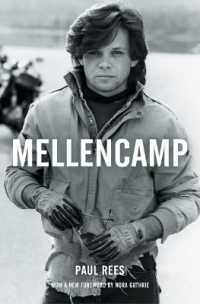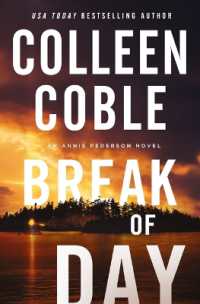Full Description
Written to support early years professionals who are fascinated by the complexities and implications of early development, this fully updated second edition explains why children need to play and offers practical guidance on how best to support children's development and learning through play. Based on a wealth of research in the field, this accessible and engaging book explores why children behave as they do at different ages and stages in their development and shows how play can complement and enhance their social, emotional, perceptual, motor and intellectual development. The author shows how detailed observations of children at play can lead to providing the most appropriate learning opportunities for children with different aptitudes and abilities. Topics discussed include: * the learning potential within different play activities; * how emotional intelligence and children's self-esteem contribute to overall development; * supporting children that find it difficult to play; * gender bias; * the nature versus nurture debate; * using observations to ensure appropriate play experiences; * ideas and strategies for carrying out small-scale research.With suggestions for practitioner activities, and for action research questions that can be used for continuing professional development, this text is ideal for practitioners and students wanting to fully understand how play can enhance children's overall development.
Contents
Introduction. Let's think about Play Chapter 1. Identifying children's learning in different episodes of play Chapter 2. Play as learning, play as practice: Intervening in children's play. Helping children who find it difficult to play Chapter 3. Understanding learning: The senses and the part they play in the learning process Chapter 4. Understanding why children are different: Developmental changes that influence learning and the ability to play Chapter 5. Encouraging positive behaviour through play Chapter 6. Understanding the self-concept and nurturing the self-esteem Chapter 7. Recording observations: Beginning research Conclusion. Bringing it all together
-
- 洋書
- Mellencamp
-

- 電子書籍
- 私のなかの三つの夏







